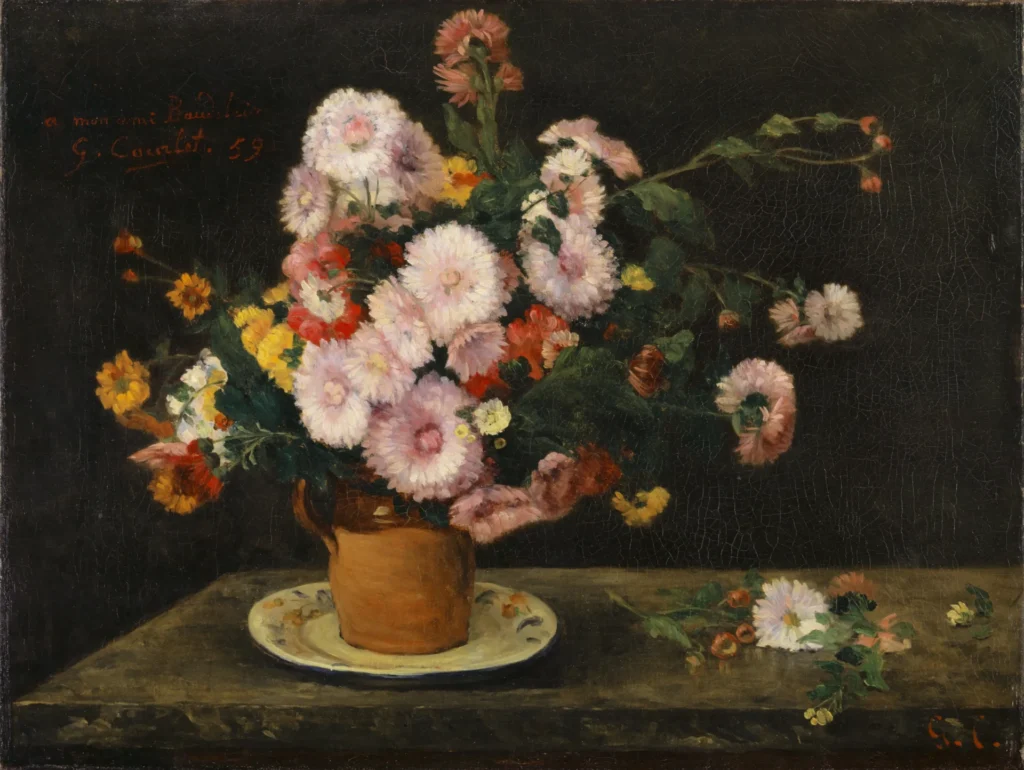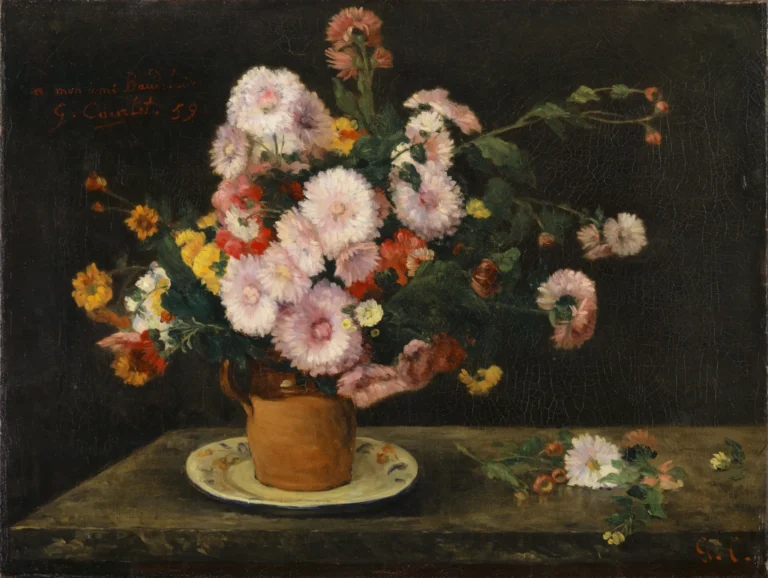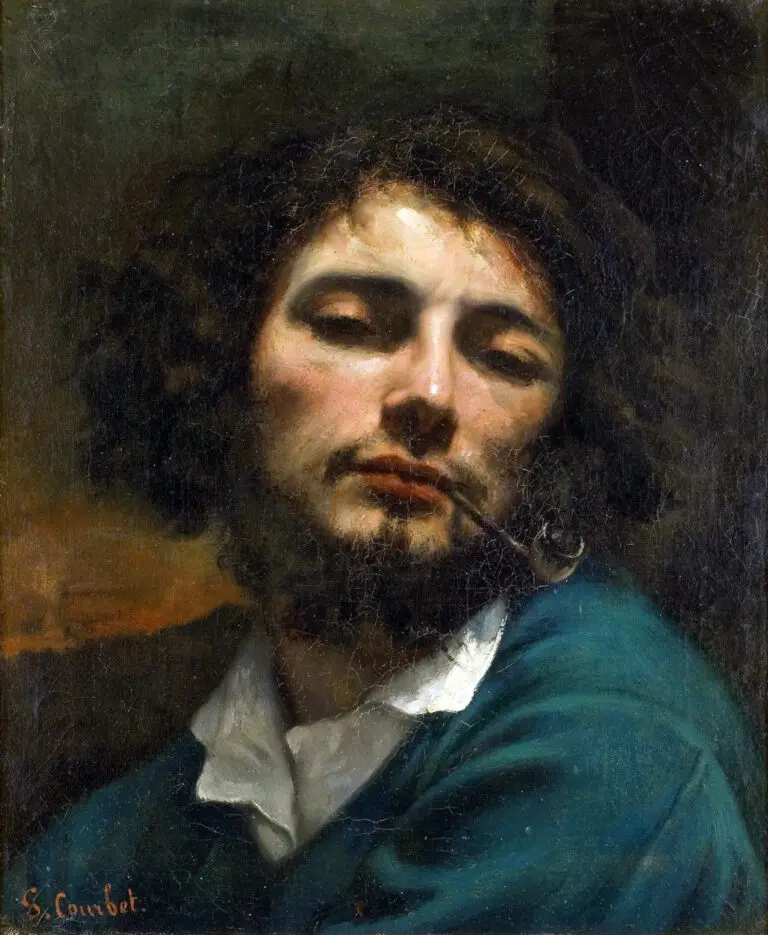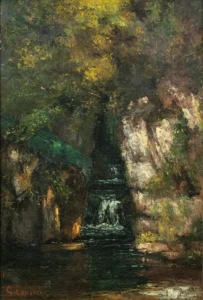Bouquet Of Asters (1859)
Bouquet Of Asters is a captivating still life painting by the French realist artist Gustave Courbet, completed in 1859. With a keen focus on naturalism, Courbet depicts a lush arrangement of asters that serves as a testament to his dedication to realistic representation. Measuring 46.6 cm in height and 61.5 cm in width, this oil on canvas painting embodies the essence of daily beauty, eschewing romanticism in favor of authentic subjects.
1859
About the Artwork
The story behind Bouquet Of Asters unveils Gustave Courbet's dedication to the Realism movement, emerging in a period defined by dramatic shifts in artistic expression. Courbet was known for rejecting the academic norms that characterized much of the art of his time, instead opting to represent what he could see with clarity and honesty. The choice of everyday flowers like asters reflects his belief that beauty can be found in the mundane. Created in 1859, this piece stands as a celebration of nature's beauty, distilled into a carefully curated bouquet that exemplifies Courbet's skillful technique and his avant-garde approach. Currently housed in the Kunstmuseum Basel, the painting represents not just a work of art, but also a milestone in the evolution of modern art.










